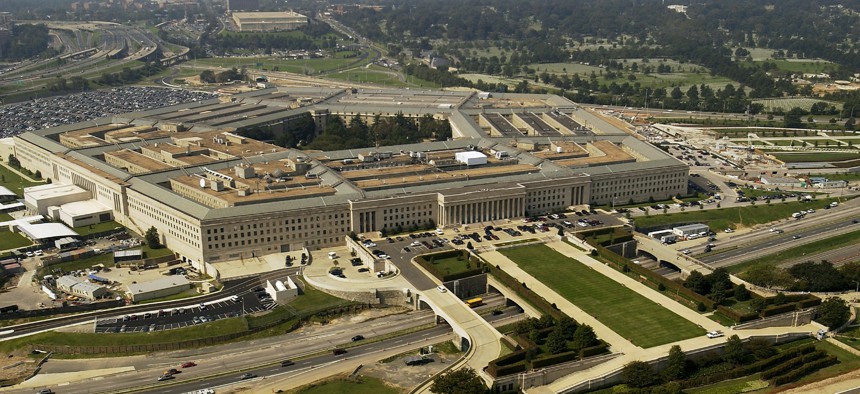Who is an AI worker? The Pentagon needs a better definition, GAO says

Stocktrek Images/Getty Images
The Pentagon “can't fully identify who is part of its AI workforce or which positions require personnel with AI skills,” according to a new congressional watchdog report.
The Pentagon “has invested billions of dollars to integrate artificial intelligence into its operations,” according to a recent report from the Government Accountability Office, but has not taken the necessary steps to determine the full scope of the AI workforce needed to operate the new tools.
GAO’s report — published on Dec. 14 — found that the Department of Defense “has made efforts to define and identify its AI workforce,” but still “can't fully identify who is part of its AI workforce or which positions require personnel with AI skills.”
“As a result, DOD can't effectively assess the state of its AI workforce or forecast future AI workforce needs,” GAO warned.
The study — which was requested in a House report accompanying the fiscal year 2022 National Defense Authorization Act — noted that DOD has taken some steps to prioritize internal AI workforce concerns, including determining in 2018 that “cultivating a workforce with AI expertise” was a strategic focus area for the department.
But the National Security Commission on Artificial Intelligence concluded in a 2021 report that DOD’s “AI talent deficit is one of the greatest impediments” to the commission’s goal of having the Pentagon and U.S. intelligence community be “AI-ready” by 2025.
GAO said DOD has developed AI work roles — defined as “the specialized sets of tasks and functions requiring specific knowledge, skills and abilities” — for department personnel and “identified some military and civilian occupations” that conduct AI work.
However, the report also found that the Pentagon “has not assigned responsibility to the organizations necessary to complete the additional steps required to define and identify its AI workforce, such as coding the work roles in various workforce data systems, developing a qualification program and updating workforce guidance.”
DOD’s workforce strategies and plans were also found to be “inconsistent in how they discuss AI-related terms,” which GAO warned could have a cascading effect on other agencies’ similar workforce approaches.
“If DOD-wide plans do not use consistent terminology, the proposed component level plans may also use the same inconsistent terms when addressing AI workforce issues,” the report said. “This could prevent a common department-wide understanding of AI workforce strategic goals and objectives.”
GAO also found that DOD has not established a timeline for fully defining and identifying its AI workforce, which could impact its goal of being AI-ready by 2025.
“Assigning responsibility and establishing a timeline for completion of the additional steps would enable DOD to more effectively assess the state of its AI workforce and be better prepared to forecast future workforce requirements,” the report said.
GAO made three recommendations to the Pentagon, including calling for the department “to assign responsibility and establish a timeline for completing the additional steps to define and identify its AI workforce” and to also “update its Human Capital Operating Plan to be consistent with key department strategic documents related to AI workforce issues.”
DOD partially concurred with all three recommendations, but argued that GAO conflated “workforce definition and identification processes for work roles” and said that the department has completed a “Human Capital Operating Plan Refresh” for fiscal years 2022 through 2026.
GAO said it “made adjustments” to the report to “provide DOD flexibility to identify the remaining actions needed to fully define and identify the AI workforce,” but did not modify its recommendation regarding the Pentagon’s Human Capital Operating Plan because it “depends largely on engaging with stakeholders.”



